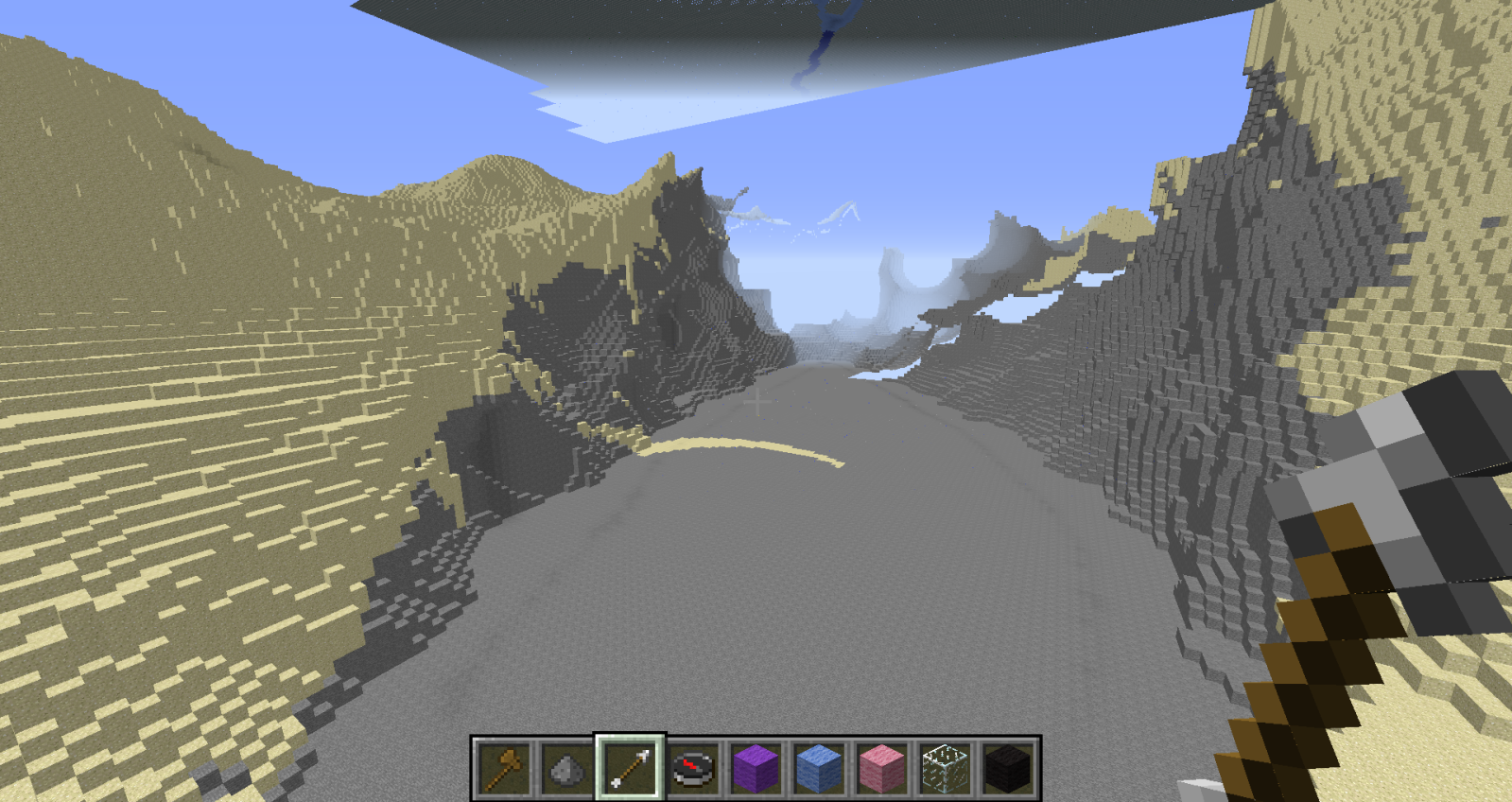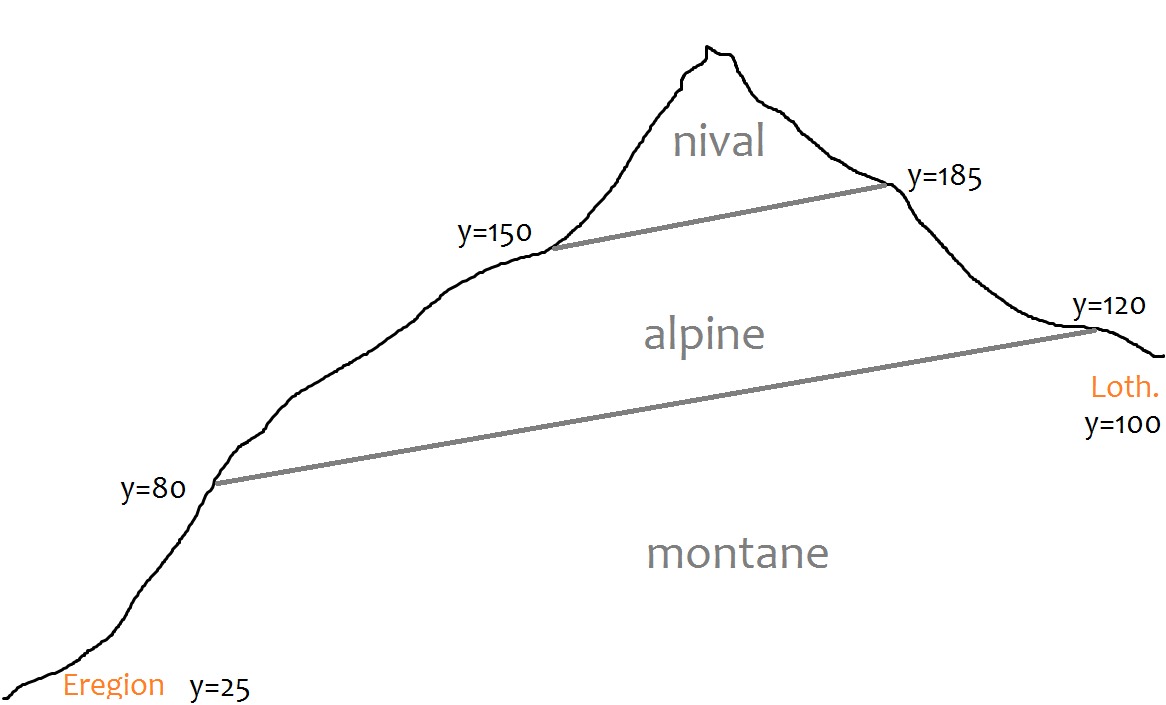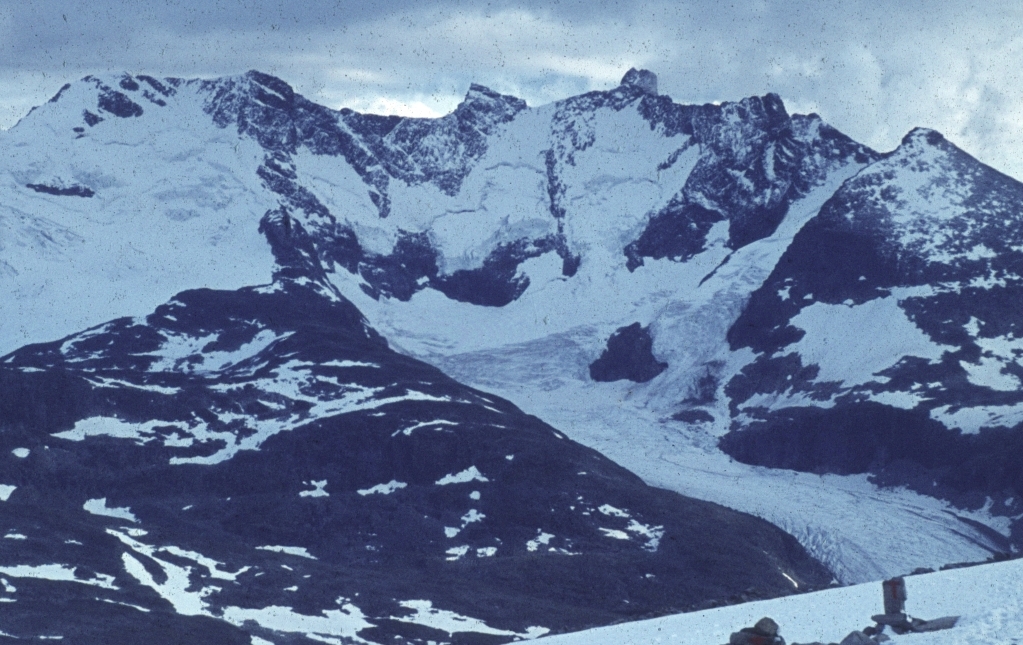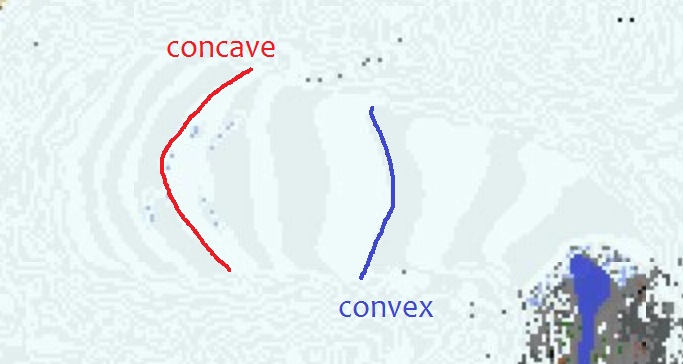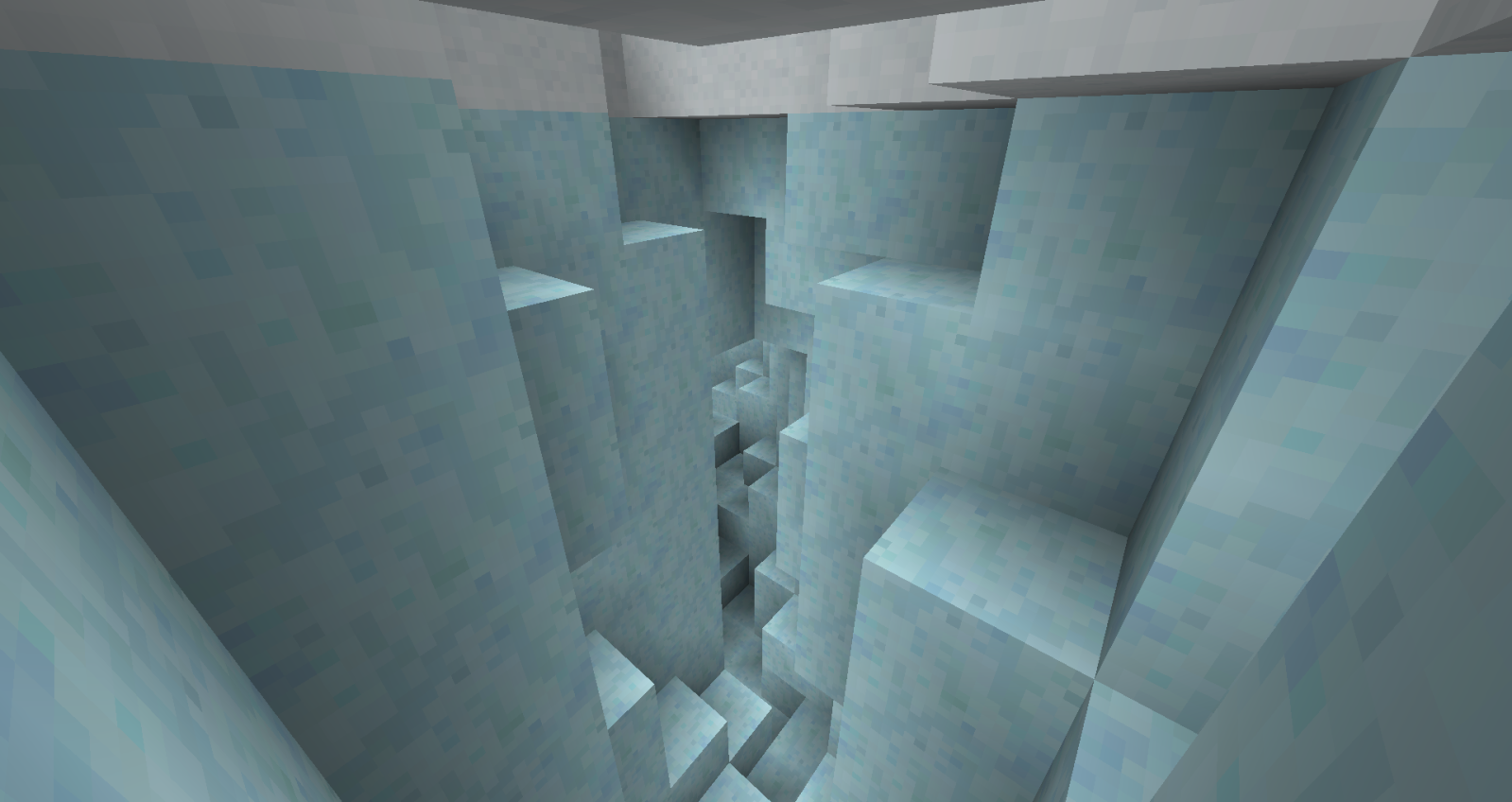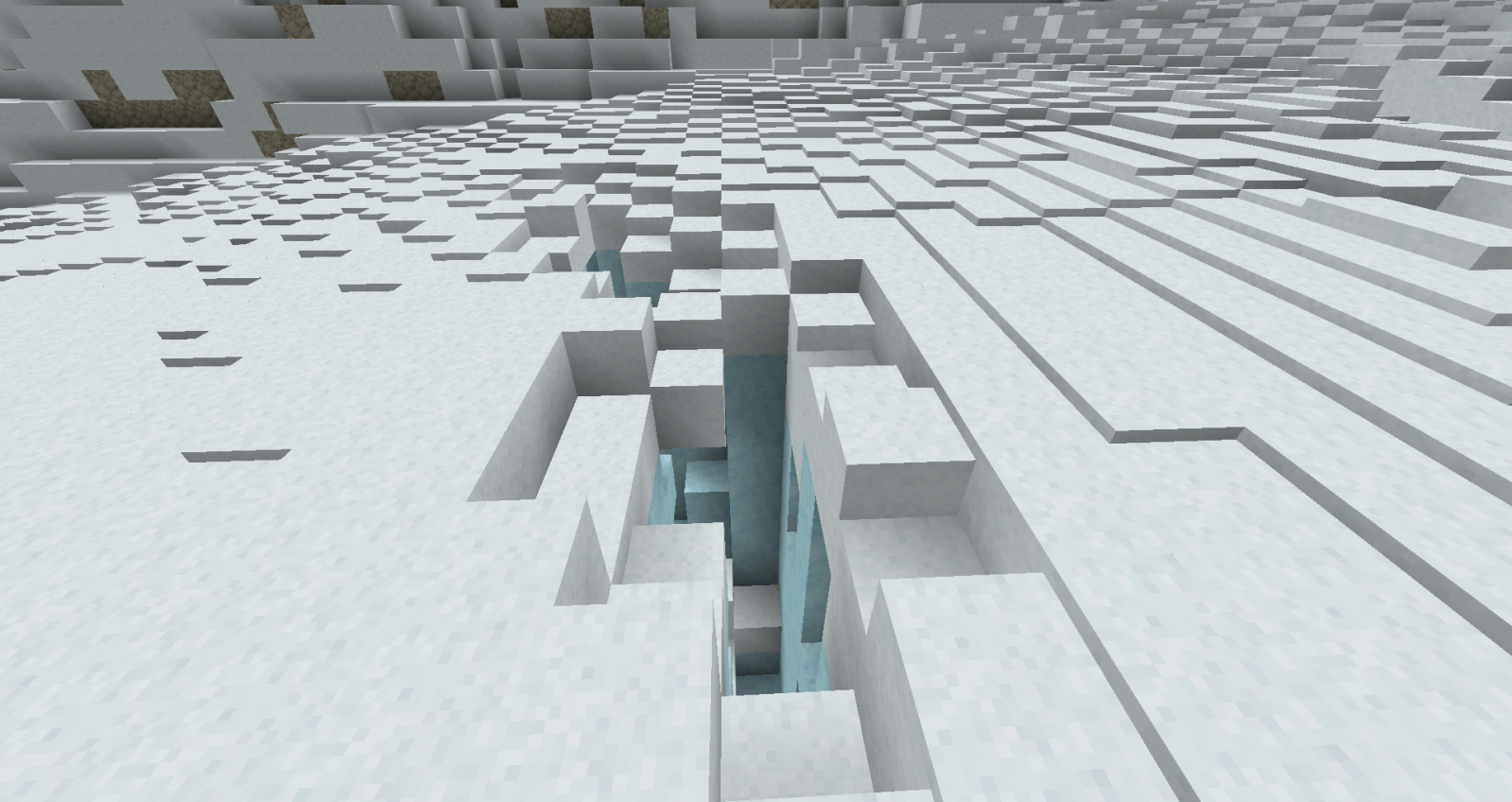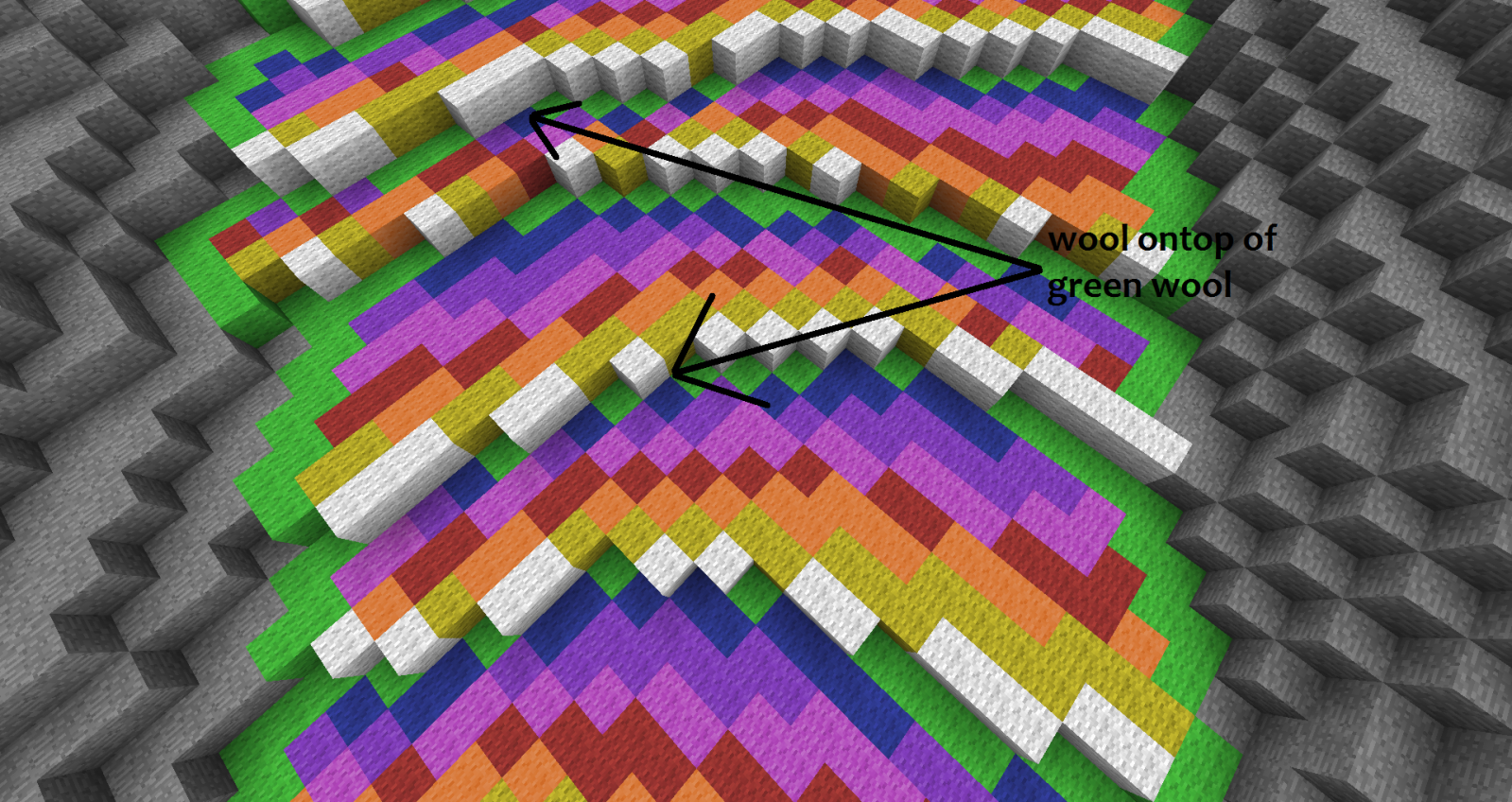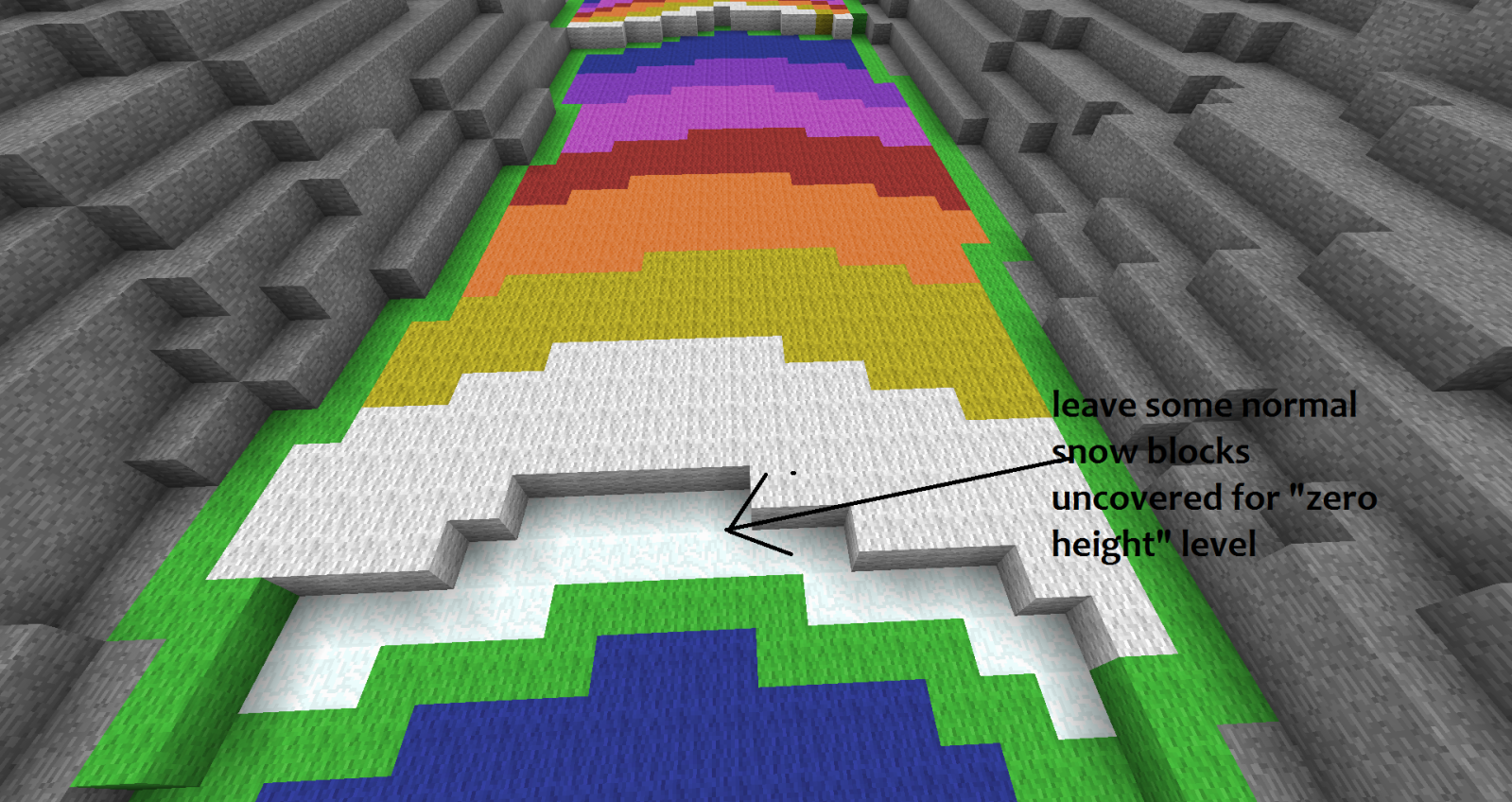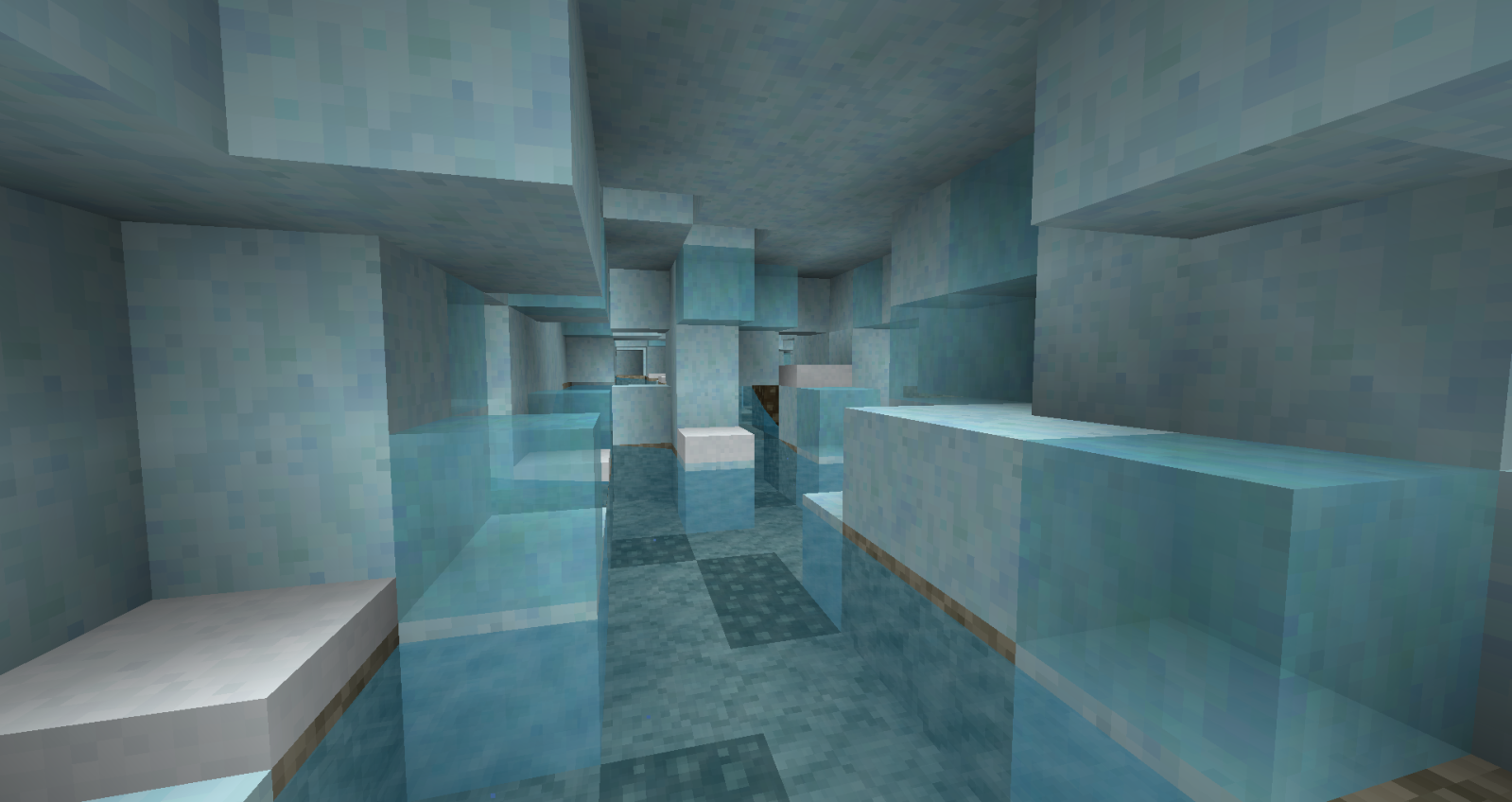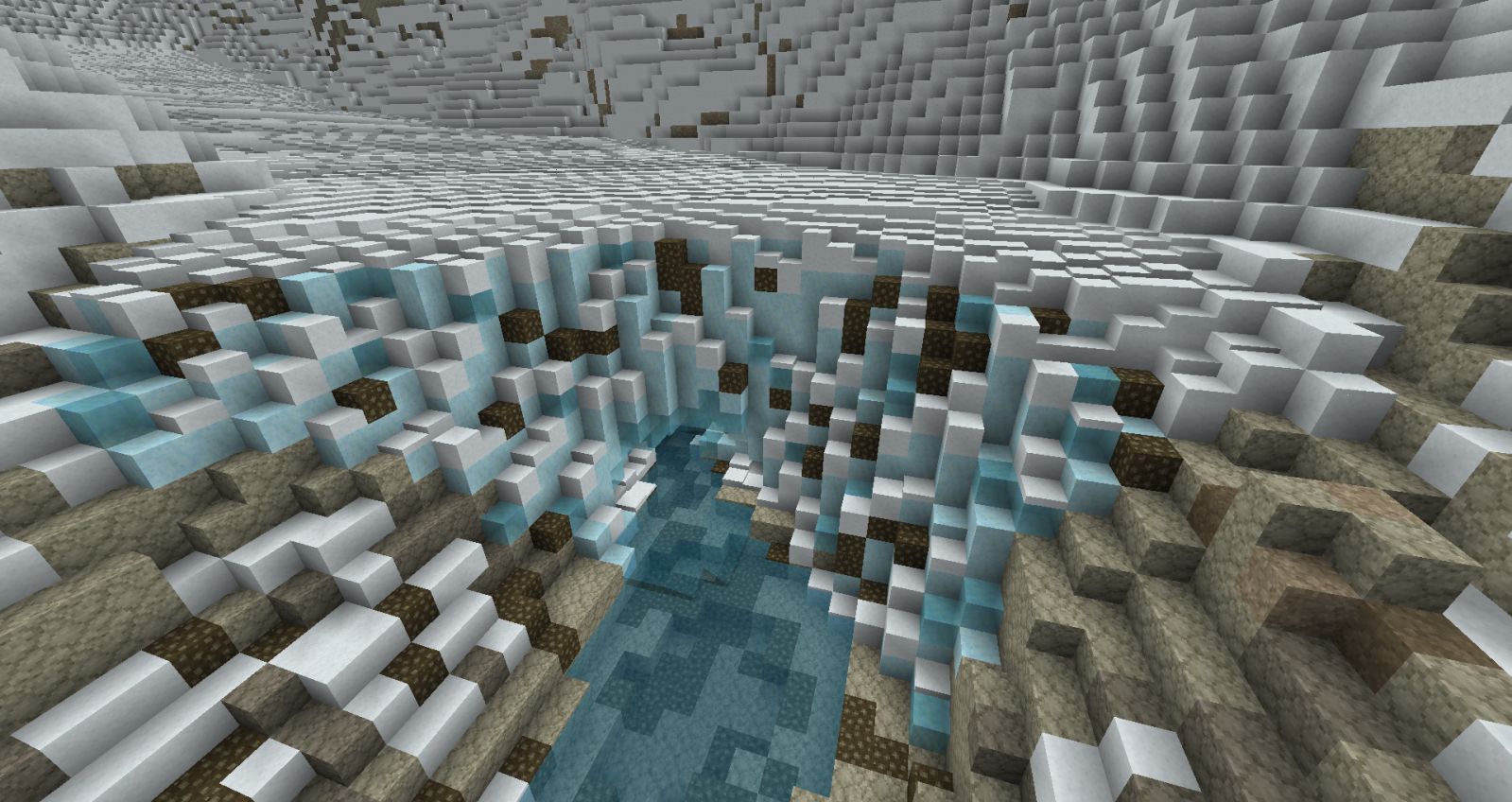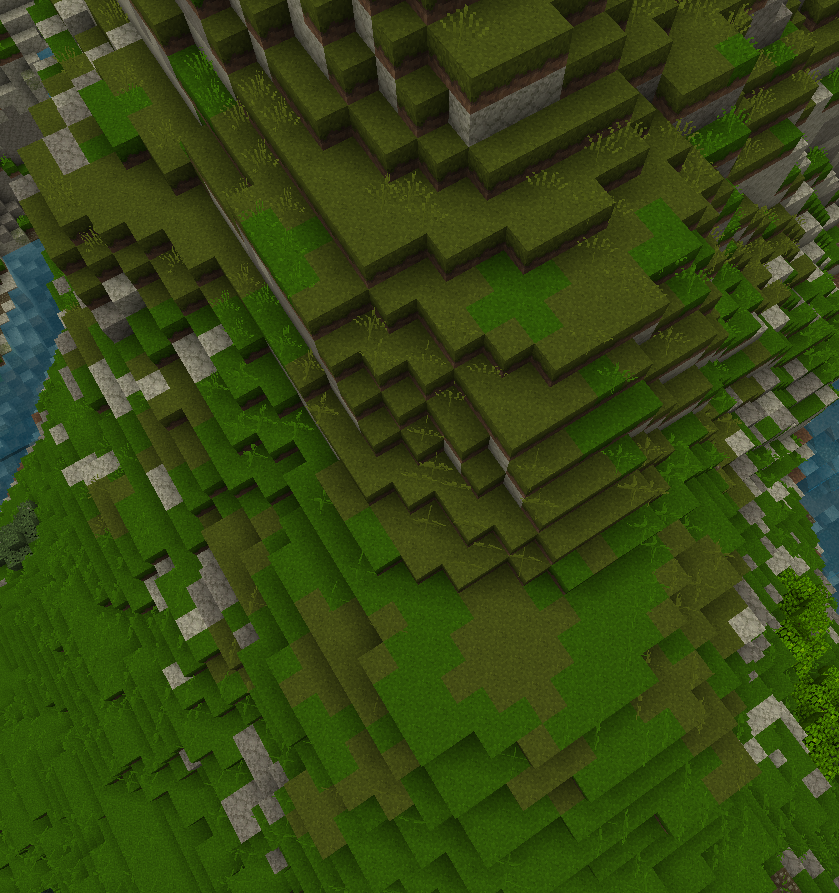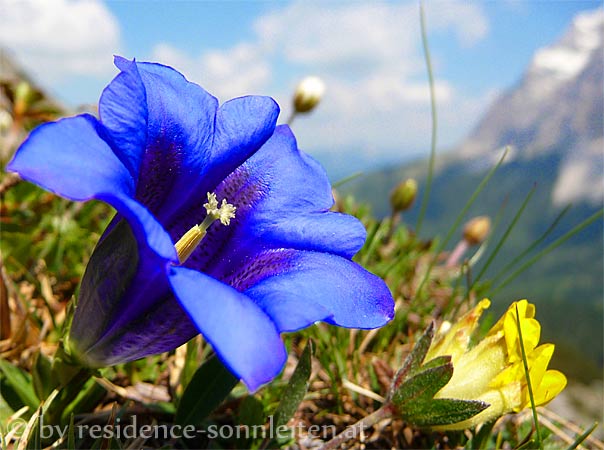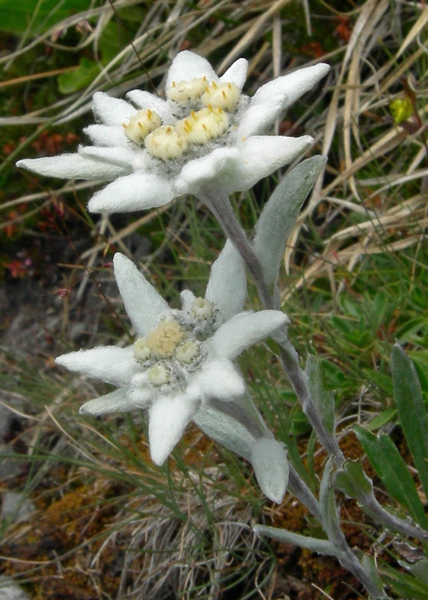Cuiva nwalca Carnirassë! Nai yarvaxëa rasselya taltuva ñotto-carinnar!
Hithaeglir
aka
The Misty Mountains
~~~~~~~~~~~~~~~~~~~~~~~~~~~~~~~~~~~~~~~
PART 1: The mountains of Moria
~~~~~~~~~~~~~~~~~~~~~~~~~~~~~~~~~~~~~~~
/warp Moria West Gate (permanent)
/warp Moria East Gate (permanent)
/warp Redhorn Gate (permanent)
/warp Mirrormere (permanent)
/warp Cloudyhead (temporary)
/warp Silvertine (temporary)
Project Leader: Finrod_Amandil
Resource Pack: Eriador, Lothlórien, Rohan
Links:Hithaeglir
aka
The Misty Mountains
~~~~~~~~~~~~~~~~~~~~~~~~~~~~~~~~~~~~~~~
PART 1: The mountains of Moria
~~~~~~~~~~~~~~~~~~~~~~~~~~~~~~~~~~~~~~~
/warp Moria West Gate (permanent)
/warp Moria East Gate (permanent)
/warp Redhorn Gate (permanent)
/warp Mirrormere (permanent)
/warp Cloudyhead (temporary)
/warp Silvertine (temporary)
Project Leader: Finrod_Amandil
Resource Pack: Eriador, Lothlórien, Rohan
Voxel Wiki (official): http://archive.today/vxIoU
Voxel Guide (MCME), for the use of stencils: http://www.mcmiddleearth.com/wiki/voxel/
Contents1. Introduction, General thoughts
2. Overall Project Plan
3. Part 1: Map and Project Plan
4. Build Instructions
4.1. Planning
4.2. Rough Terraforming
4.3. Fine Terraforming
4.4. Materials
4.5. Glaciers
4.2. Rough Terraforming
4.3. Fine Terraforming
4.4. Materials
4.5. Glaciers
1. Introduction
Improving the WorldPainter Misty Mountains is something that silently has always been planned, at least since we did that same thing to the White Mountains. But the true motivation and reasoning of this project is of different nature: In highest regard of @Credoo's and HomieNo's work with the WorldPainter map I have to state that the Misty Mountains were far beyond any consensus with lore and realism, and we all know, even though our project works with blocks, such a primitive principle, that this does by far not reason abandoning any realism. What we did to the White Mountains was a set of improvements driven by hoping to achieve a visual amendment, but here this is only secondary. The goal of this project is clearly realism. But no worries, where I live (which is the same as where Tolkien got his inspirations) mountains look quite epic ;-)
This is a special project, mainly due to its sheer size. Thus this project shall be handled a bit differently than others: The combination of the project size and the target build quality being higher than that of the average terrain work lead to this project being something running alongside with other projects. It will have no ETA or haste involved and its totally predictable that it will probably not be finished within a year* and that it may also stagnate sometimes. Furthermore, now as my holidays are over I won't be able to work on it 8 hours per day anymore But I will take care that it is not neglected too much
But I will take care that it is not neglected too much 
I hope that with the currently nearly Dimrill Dale I can motivate as many staff members as possible to join in the project and take over one or two sections when they do not have any other project running. I know, such a complete overhaul does take ages and is not always the most fun thing to do, but I hope you won't deny that it's worth it.
*Talking of the whole misties, not only the moria section!
~~~~~~~~~~~~~~~~~~~~~~~~~~~~~~~~~~~~~~~~~~~~~~~~~~~~~~~~~~~~~~
2. Overall Project Plan
Items marked with --> are individual projects and not part of this project.
1. [In progress] Mountains of MoriaImproving the WorldPainter Misty Mountains is something that silently has always been planned, at least since we did that same thing to the White Mountains. But the true motivation and reasoning of this project is of different nature: In highest regard of @Credoo's and HomieNo's work with the WorldPainter map I have to state that the Misty Mountains were far beyond any consensus with lore and realism, and we all know, even though our project works with blocks, such a primitive principle, that this does by far not reason abandoning any realism. What we did to the White Mountains was a set of improvements driven by hoping to achieve a visual amendment, but here this is only secondary. The goal of this project is clearly realism. But no worries, where I live (which is the same as where Tolkien got his inspirations) mountains look quite epic ;-)
This is a special project, mainly due to its sheer size. Thus this project shall be handled a bit differently than others: The combination of the project size and the target build quality being higher than that of the average terrain work lead to this project being something running alongside with other projects. It will have no ETA or haste involved and its totally predictable that it will probably not be finished within a year* and that it may also stagnate sometimes. Furthermore, now as my holidays are over I won't be able to work on it 8 hours per day anymore
I hope that with the currently nearly Dimrill Dale I can motivate as many staff members as possible to join in the project and take over one or two sections when they do not have any other project running. I know, such a complete overhaul does take ages and is not always the most fun thing to do, but I hope you won't deny that it's worth it.
*Talking of the whole misties, not only the moria section!
~~~~~~~~~~~~~~~~~~~~~~~~~~~~~~~~~~~~~~~~~~~~~~~~~~~~~~~~~~~~~~
2. Overall Project Plan
Items marked with --> are individual projects and not part of this project.
2. [Coming soon] Gladden Pass & High Moors
Gladden Pass
River Gladden
(-->) Gladden Fields
Hollin Ridge
High Moors of Rivendell
3. [On Hold] Fangorn / DunlandRiver Gladden
(-->) Gladden Fields
Hollin Ridge
High Moors of Rivendell
Nan Curunir
Methedras
Dol Baran
--> Fangorn
--> Isengard
Wellinghall
Glanduin
Limlight
River Entwash
Isen
4. [On Hold] High PassMethedras
Dol Baran
--> Fangorn
--> Isengard
Wellinghall
Glanduin
Limlight
River Entwash
Isen
High Pass Road
Goblin camps
Beorning toll stations
--> Goblin Town
--> Rivendell
Eagles Eyrie
5. [On Hold] ColdfellsGoblin camps
Beorning toll stations
--> Goblin Town
--> Rivendell
Eagles Eyrie
Mitheithel
Rhimdath
Nazgûl tomb
Orc caves from Born of Hope
6. [On Hold] EttenmoorsRhimdath
Nazgûl tomb
Orc caves from Born of Hope
Mount Gram
Mitheithel
7. [On Hold] Mountains of AngmarMitheithel
--> Carn Dûm
--> Mount Gundabad
(8. [On Hold] Grey Mountains)--> Mount Gundabad
Greylin
Forest River
Forest River
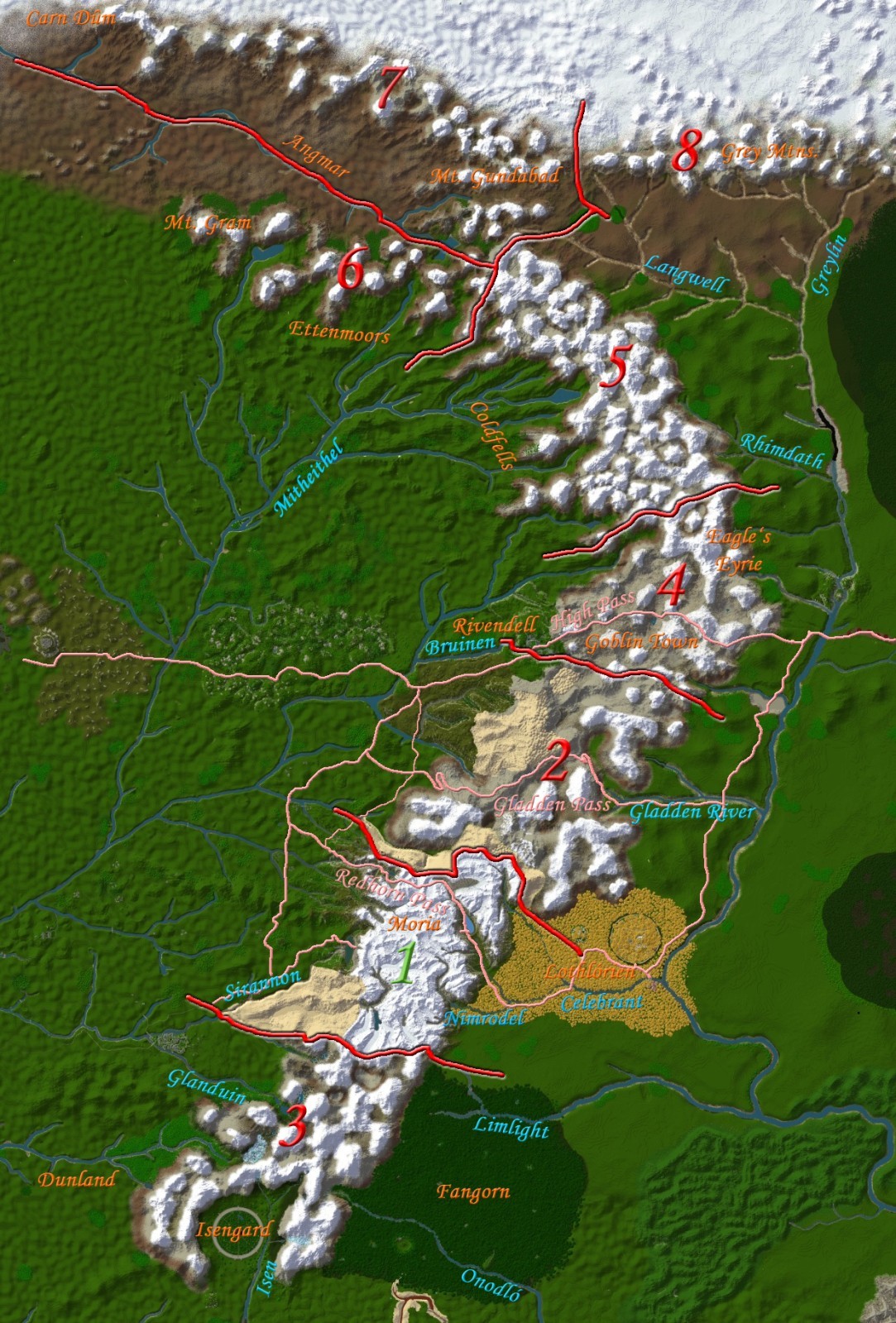
~~~~~~~~~~~~~~~~~~~~~~~~~~~~~~~~~~~~~~~~~~~~~~~~~~~~~~~~~~~~~
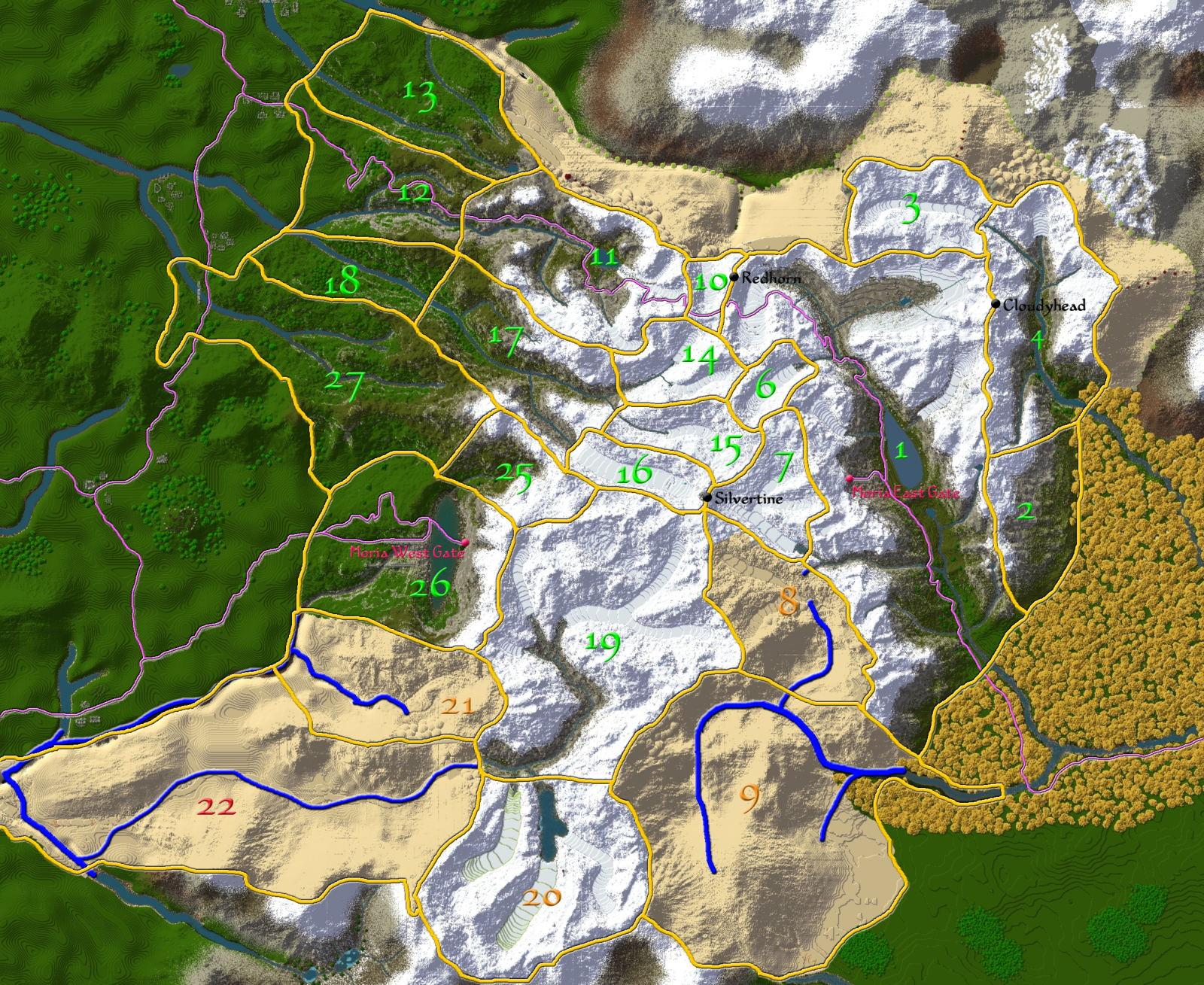
Key:
▬▬▬ Section borders
▬▬▬ Rivers & lakes
▬▬▬ Roads
Color Code:
Green: Finished
Orange: In Progress
Red: Open / On Hold
#1 - Dimrill Dale - [Finished] - @Finrod_Amandil
#2 - [Finished] - @oth0116
#3 - [Finished] - @KlemensPlusLukas
#4 - [Finished] - @DSESGH
#6 - [Finished] - @DSESGH
#7 - [Finished] - Silvertine East - @Finrod_Amandil
#8 - [Finished]
#9 - [Finished]
#10 - [Finished] - Upper Western Redhorn Pass Road - @Finrod_Amandil
#11 - [Finished] - Central Western Redhorn Pass Road - @Finrod_Amandil
#12 - [Finished] - Lower Western Redhorn Pass Road - @Finrod_Amandil
#13 - [Finished] - @Finrod_Amandil
#14 - [Finished] - @KlemensPlusLukas
#15 - [Finished] - @Finrod_Amandil
#16 - [Finished] - Silvertine West - @Finrod_Amandil
#17 - [Finished]
#18 - [Finished]
#19 - [Finished]
#20 - [Finished]
#21 - [Finished]
#22 - [Finished]
#25 - [Finished] - Sirannon Source - @Finrod_Amandil
#26 - [Finished] - Moria West Gate - @Finrod_Amandil
#27 - [Finished] - @Finrod_Amandil
Last edited:

